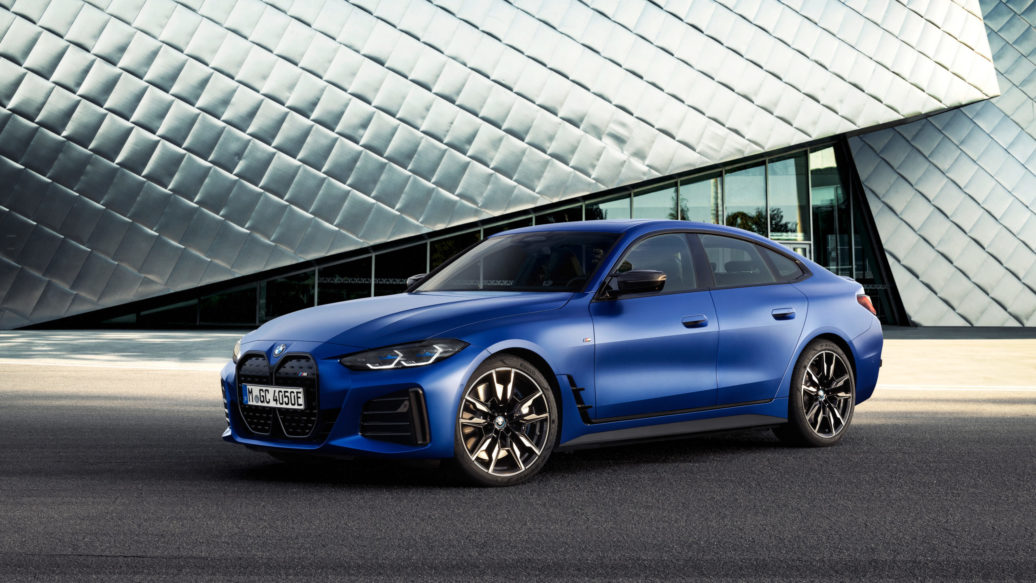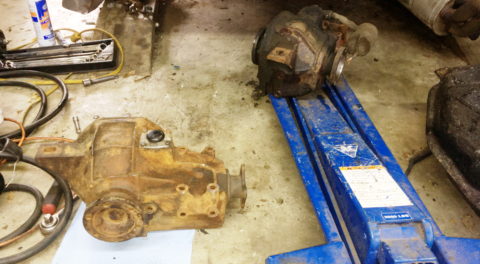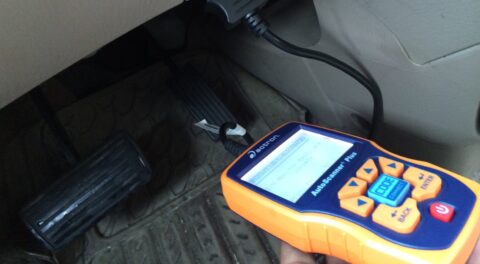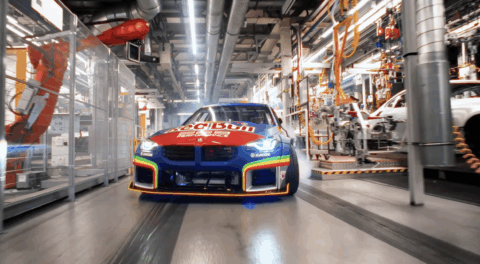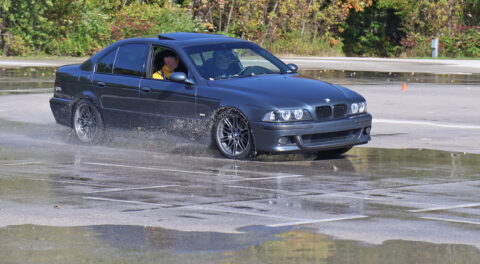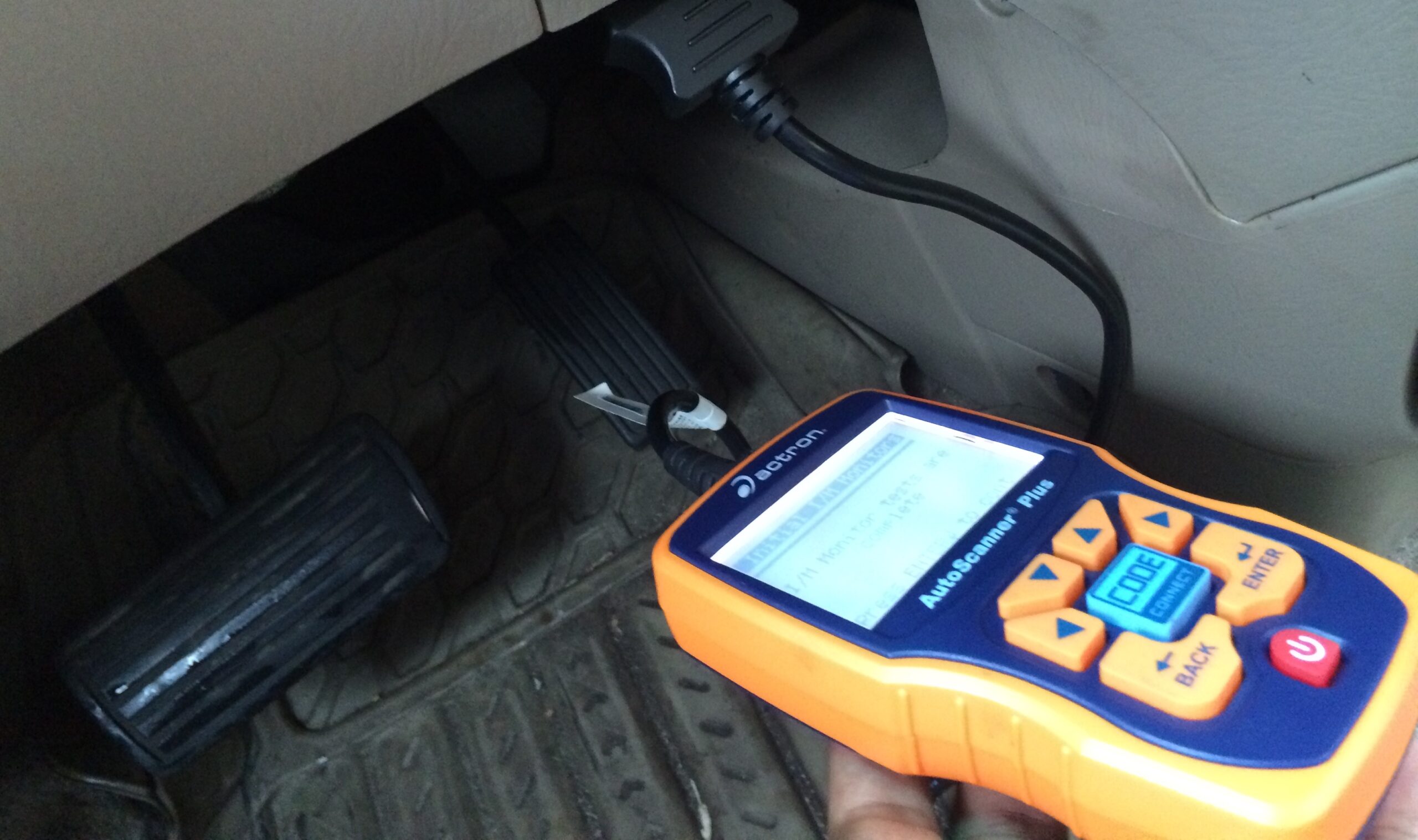G80 or G26? When the i4 goes on sale next year, BMW will be selling two very similar, yet entirely different cars based on the same underlying platform, with nearly identical styling. We know them as the G80 M3 and the G26 i4, and they’re effectively targeted at buyers who occupy opposite ends of the spectrum—or are they?
Those well versed in current BMW architecture will know that both the G80 M3 and the G26 i4 are based on the same modular CLAR platform, which is primarily rear-wheel-drive. Both the M3 and the i4 are produced in rear-wheel-drive form, but there are also all-wheel-drive model variants. The i4 M50’s lack of a wide body (because it’s an M Performance Automobile and not a full M model) and starting MSRP of $65,900 might seem to place it rung below the M3 and its array of variations, but when taking into account the performance capability of the i4, BMW’s new electric sport sedan starts to look like a relative bargain—not to mention any incentives which might be available to those buying electric.
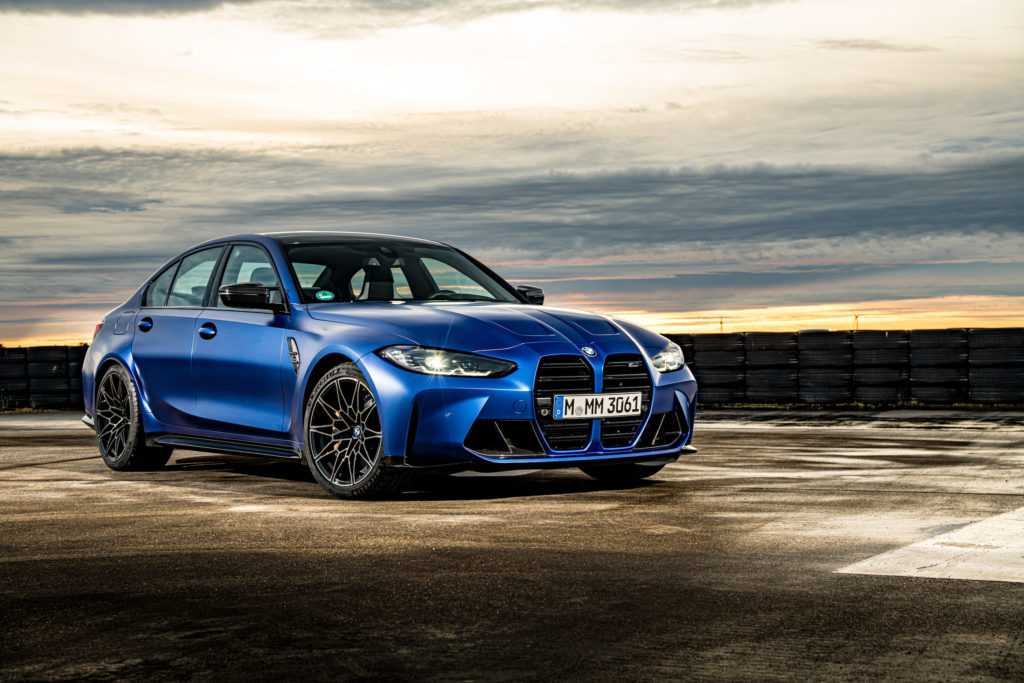
The base-model G80 M3 with a six-speed manual and rear-wheel drive starts at $69,900, while the M3 Competition starts at $72,800, the M3 Competition with xDrive at $76,900. Naturally, adding options to the mix quickly increases the number on the bottom line; it wasn’t uncommon to see the bulk of available G80 M3 inventory priced in the $80,000 range when this article was written.
At this time, BMW has only published the zero-to-100 kph acceleration time of the i4, but the measurement of 3.9 seconds places it directly in line with the G80 M3 range. In six-speed-manual form, the G80 M3 accelerates from zero to 100 kph in 4.2 seconds, while the M3 Competition, which is only available with a ZF eight-speed automatic transmission, does it in the same 3.9 seconds as the all-electric i4. Adding xDrive to equation allows the internal-combustion-engine M3 Competition to beat the i4 on paper, with a 3.5-second zero-to-100 kph acceleration time. If Car and Driver’s test results of the six-speed G82 M4 are any indication, however, all are likely to be a bit quicker than advertised. Whether or not this recent BMW tradition—which came about with the advent of turbocharging and direct fuel injection—applies to the i4 M50 remains to be seen.
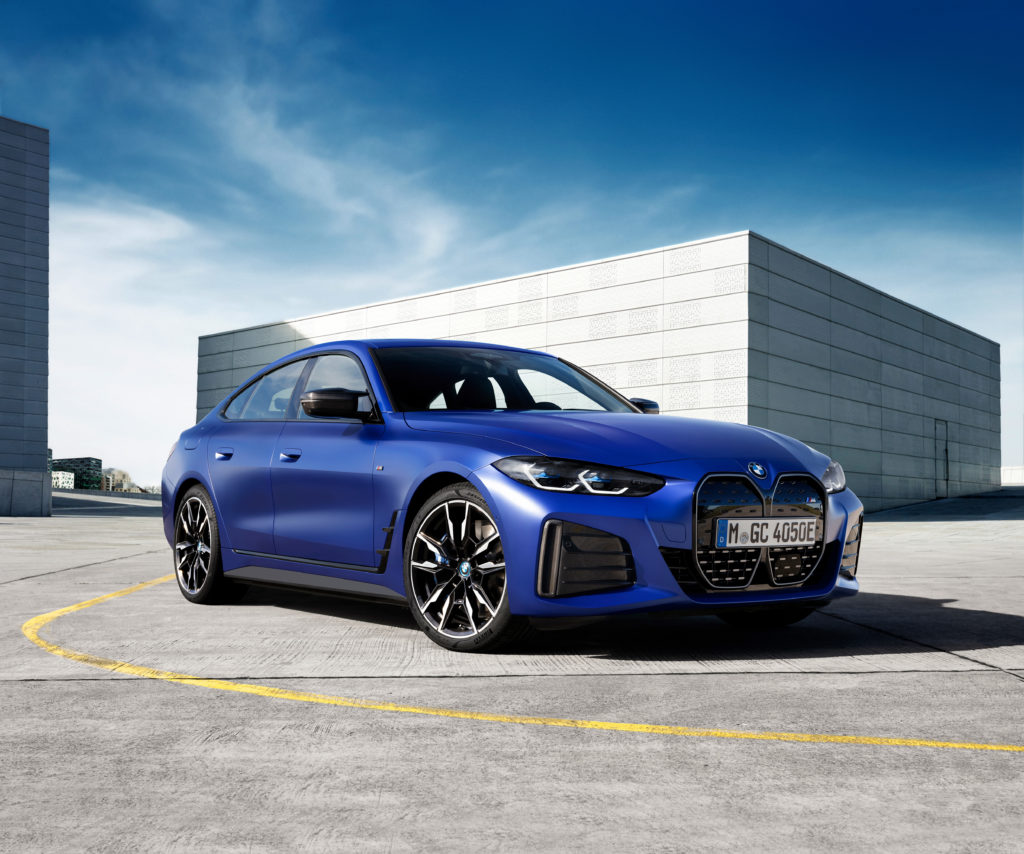
The i4 is slated to arrive late in the second quarter of 2022, and current orders are scheduled for next summer; only prototypes have been test-driven by the media, and no formal performance testing of the i4 M50 by the automotive press has been performed. We also still don’t know how much either variant of the i4 will actually weigh, either, because all of the numbers are preliminary, and actual homologation figures are not yet available, according to BMW. This means that it’s tough to get an accurate concept of what the i4 might be like to drive, and how it will compare with the 3,840-pound six-speed M3, the 3,890-pound M3 Competition, or the 3,990-pound M3 Competition with xDrive.
The i4 has combined output equivalent to 536 horsepower and 586 pound-feet of torque, however, which stands above that of the M3’s S58 M twin-turbocharged inline-six, which develops 473 horsepower at 6,250 rpm and 406 pound-feet of torque from 2,650 to 6,130 in base form. The i4 is also more powerful than the M3 Competition, with 503 horsepower at 6,250 rpm and 479 pound-feet of torque from 2,750 to 5,500.
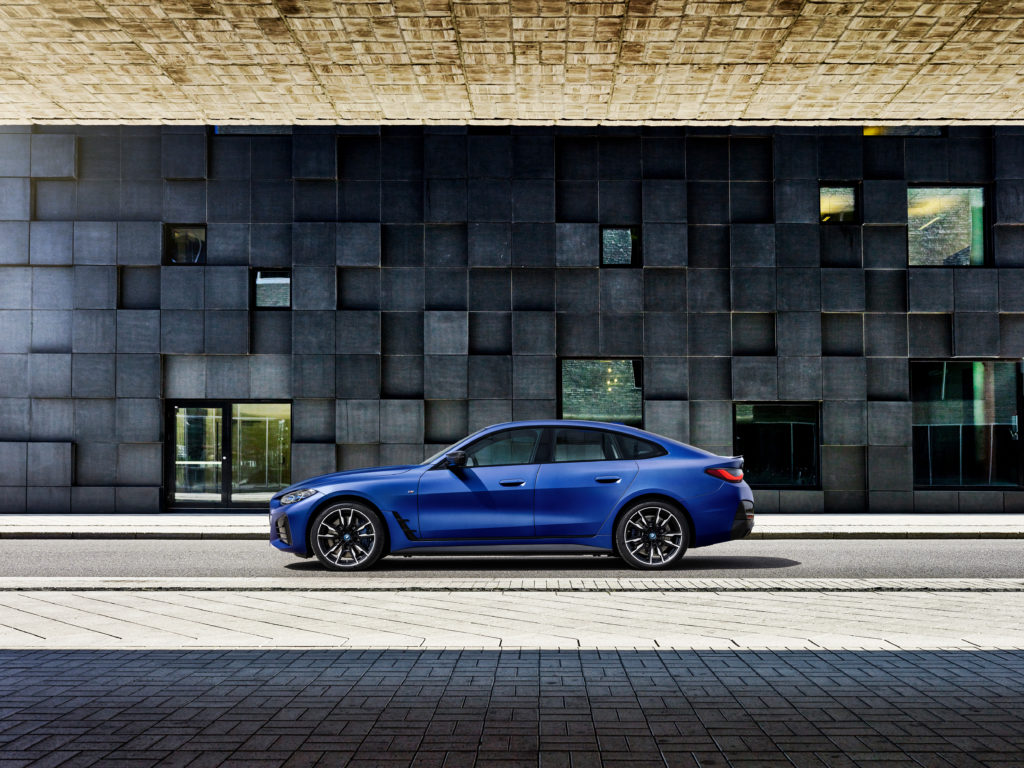
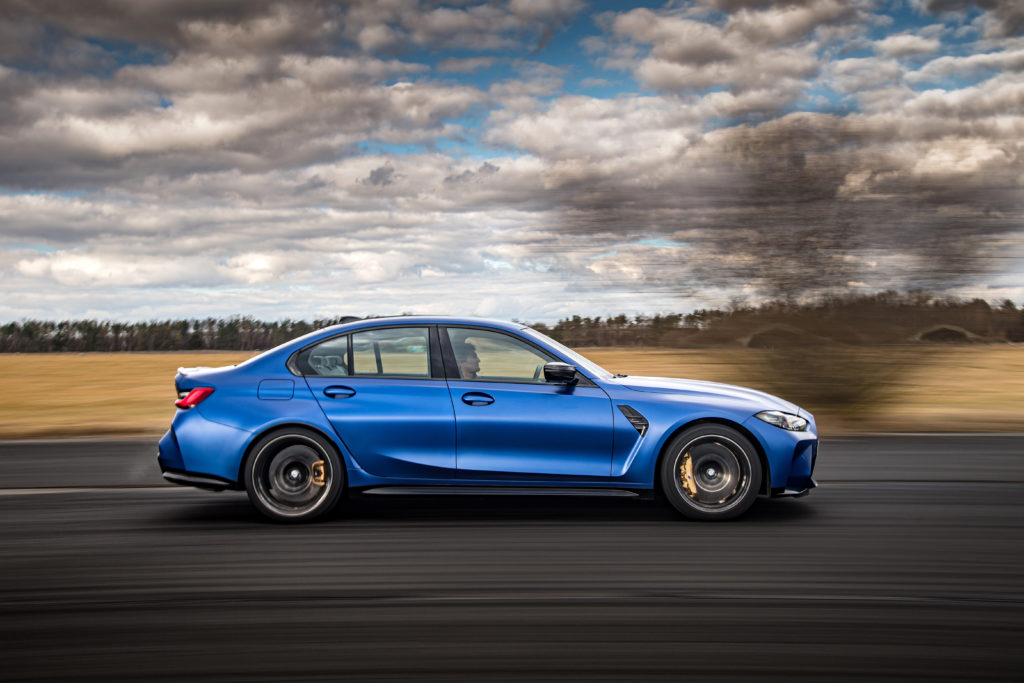
The real difference between the M3 and i4 in terms of performance is likely to become apparent on the circuit, where the full M car can explore the boundaries of its capabilities, while the electric M Performance Automobile does its best to manage cooling and apportion power between all-out acceleration, range, and once again, the laws of thermodynamics. This is the arena in which the M3 and its wide fenders and aggressive aerodynamics really mean something, and when the true deficit between BMW’s top performance-model range and those which supply 90% experience becomes too obvious to ignore. Of course, the i4 has its element as well, and for something you’re likely to drive on a daily basis, the electric model—which offers the same blistering acceleration—is the clear choice, just as with BMW’s other M and M Performance models.
So which model is going to be the next quintessential BMW sport sedan? That’s a tough call—but given the way things are trending, we wouldn’t be surprised if it was the i4, which has already sold out in terms of production allotments for June 2022 delivery. At the end of the day, however, we’re simply glad that BMW offers the wide range of vehicles it does, including those as varied as the three-pedal M3, the i4, and the 4 Series Gran Coupé, the latter of which also shares the same platform and similar styling. No carmaker other than BMW manufactures and sells such an array of models.—Alex Tock
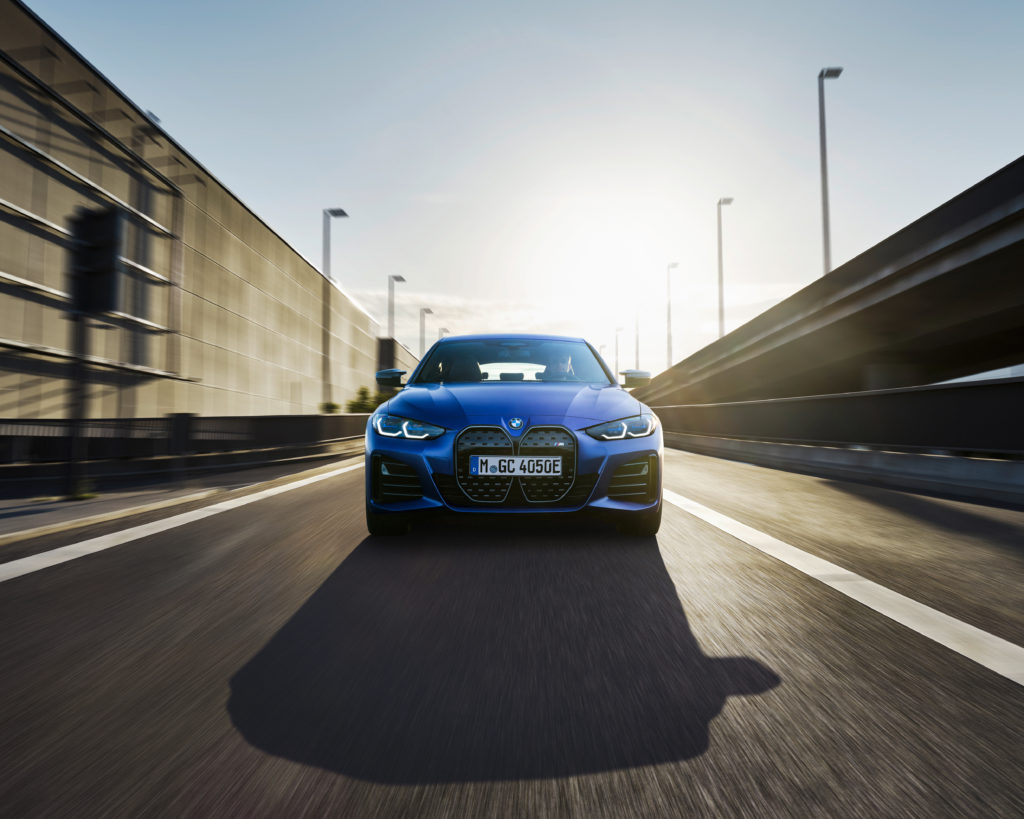
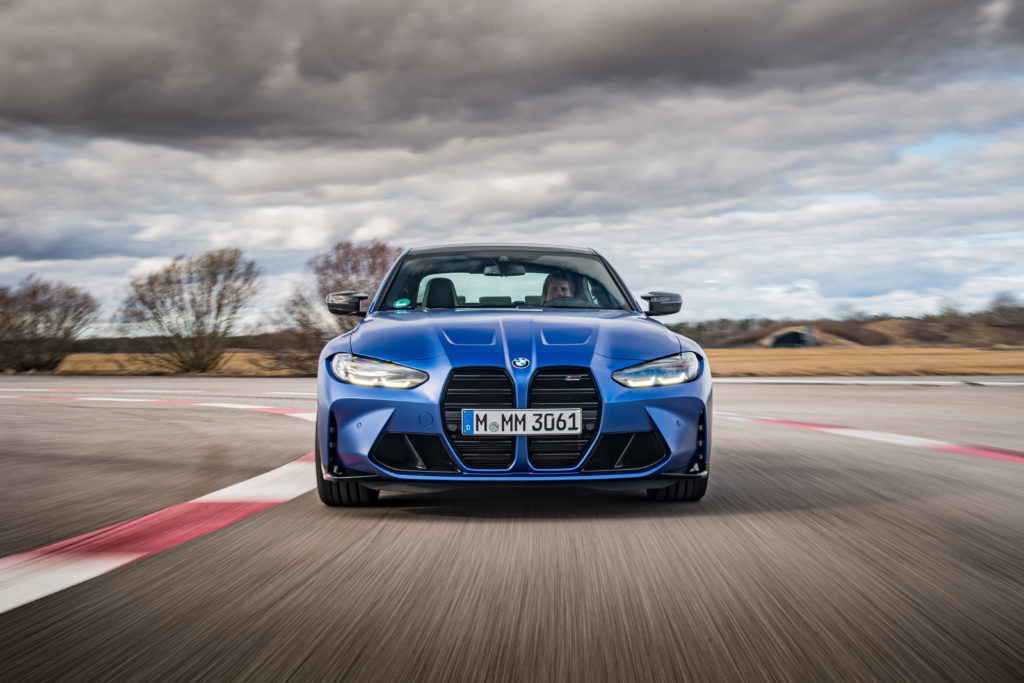
[Photos courtesy BMW AG.]

